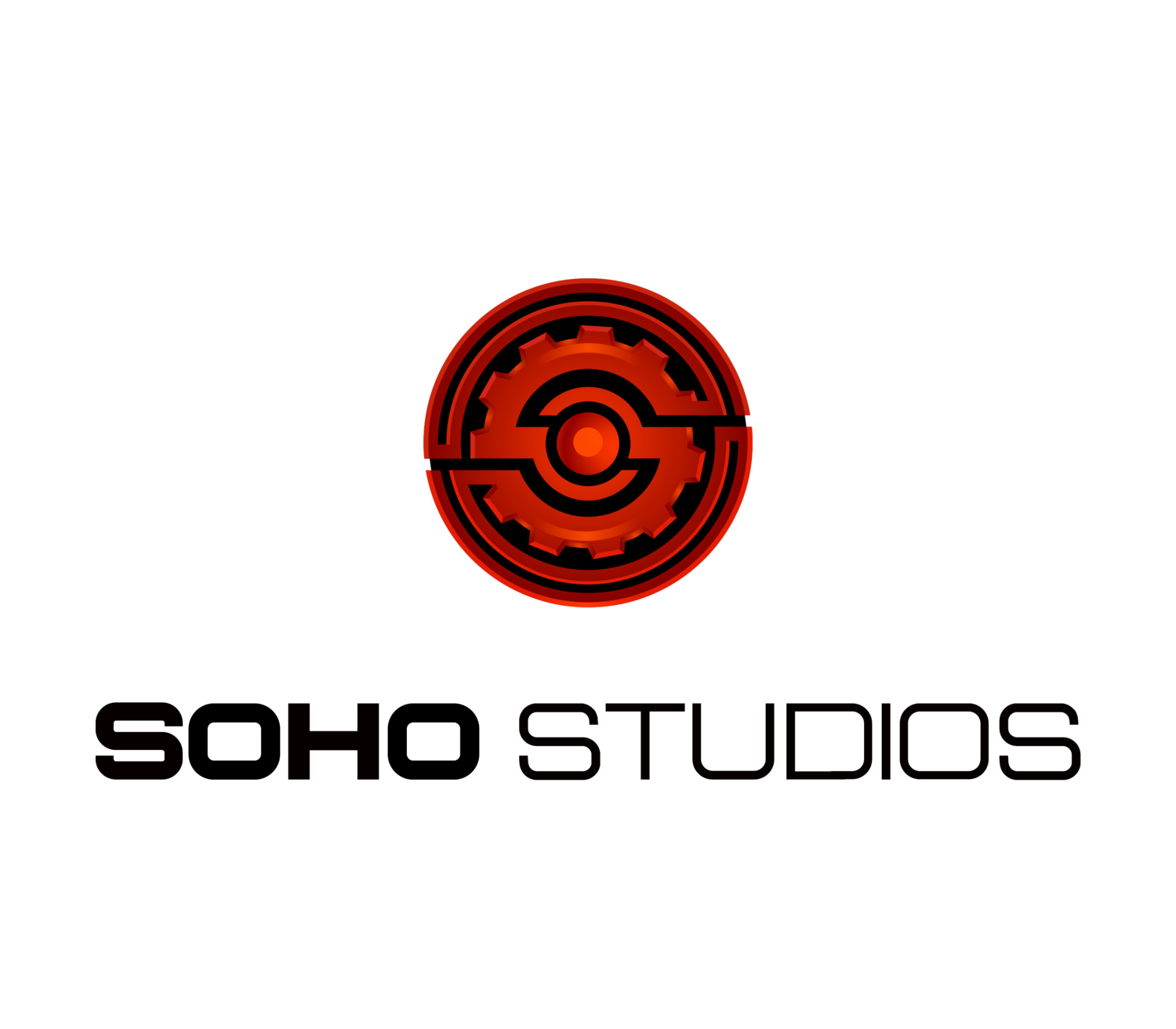Trend Alert: Why the Anti-Booth is Creating a Buzz
If you've ever attended an industry trade show—regardless of which industry you find yourself in—there's a good chance you've played at least some part in designing, setting up, or manning a "traditional" trade show display/booth. You know the types of booths we're referring to; you rent out a 10x10 space and set up a display to attract attendees. The specifics of the display may vary a bit, but probably include a large sign displaying the company logo, a "greeting center" that's staffed by a bubbly employee, and perhaps even some lounging areas or live demonstration areas throughout.
Not that these displays can't be super effective if they're designed and executed properly, but maybe now is the time to think outside the booth.
Thinking Outside the Booth
The "anti-booth" trend is creating quite the buzz in trade shows and events as of late—and if you've been looking for a way to make a unique statement and stand out among a sea of 10x10 booths at your next event appearance, it's something you might want to consider trying for yourself.
A perfect example of these emerging trend can be seen in RAB Lighting's beautiful "anti-booth" display at this past Lightfair (a huge trade show for businesses in the lighting industry). Rather than set up a "typical" booth or generic display, the company filled their space with 1,500 pots of grass, along with a serene walkway that passed through the display itself. Each of the pots of grass was mounted on a small pendulum, which was set up to gently sway back and forth (thanks to a series of hidden sensors) when attendees walked by.
As people walked through the display, they were delighted by the ability to set each tiny pot of grass in motion, demonstrating the concept that nature and mankind are in constant interaction with each other in beautiful ways.
Of course, this is just one of many examples of companies that have chosen to think outside the typical concept of a booth at their industry trade shows and events. It's worth noting that RAB Lighting's display subsequently won an award for Best in Show at the event. Of course, not only did they receive this award, but their display generated an insane amount of buzz and likely led to a number of new leads or conversions for the company itself.
How to Make a Statement
So, you're starting to see the appeal of these anti-booth concepts, and you're wanting to incorporate this kind of design strategy into your next industry event. How can you go about making your display stand out? The possibilities are endless, but no matter what you do, you should begin by considering the ultimate message you want to convey with your design. Only from there should you begin brainstorming unique ideas to catch the eye of your target audience without being "just another booth."
Looking for some inspiration? Cramer has some great examples of anti-booth ideas that have been successful in the past, so you might consider building on one of these. Working with an experienced display designer and builder might also help you generate new and unique ideas, as well as ensure they can come to fruition both in terms of logistics and budget.
When it comes to standing out and making a true statement, you can't go wrong with anti-booth. And if you're still looking for a great location at which to host your next industry trade show or other event, check out Soho Studios for an incredible event space that's suitable for any industry.



